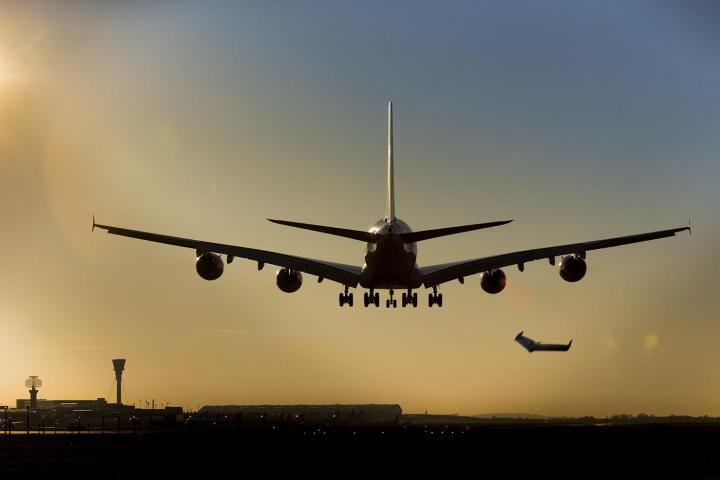
Data collected between August 2015 and January 2016 revealed near misses taking place on average 3.5 times a day, up from less than one a day in 2014.
While the FAA’s figures appear at first glance to mirror increasing ownership of the flying machine, it could also be that a number of the reported incidents have been caused by the same operators. If it’s the former, it’d be an even bigger worry for the FAA as most of its recent data was collected before the spike in new owners over the holiday season.
Earlier this month we learned of a near-miss incident involving a Lufthansa passenger plane coming into land at Los Angeles International Airport. The pilot of the Airbus 380, the largest passenger plane in the world, said the drone passed about 200 feet above the plane as it flew at 5,000 feet.
And it’s not just airplane pilots that need to keep their eyes peeled. A police helicopter flying near San Francisco last December was forced into making a sharp turn after its pilot spotted a drone close by while flying at 800 feet. While in most cases so far the drone operator has gotten away, in this particular case he was quickly apprehended.
The troubling data adds a sense of urgency to the government’s need to introduce an effective anti-drone system to deal with rogue UAVs spotted close to not only airports, but also busy public events, nuclear plants, prisons, and other restricted locations.
The search for a solution has resulted in the emergence of a new industry for anti-drone systems. Proposed technology has so far included anti-drone death rays, electromagnetic shields, and net-firing bazookas.
The FAA is also hoping its recently introduced drone registry will help foster a greater sense of responsibility among drone owners, while the agency has also been promoting use of its new B4UFLY app that offers tips on proper drone operation and up-to-date information on safe flying locations.
“We have a number of educational initiatives with our government and industry partners to teach drone operators how to fly safely, including the drone registry we launched last December,” FAA Administrator Michael Huerta said in a release. “But enforcement goes hand-in-hand with education, and we will take action against anyone who operates irresponsibly to the full extent of the law.”


